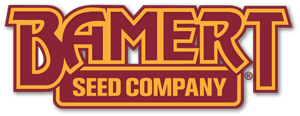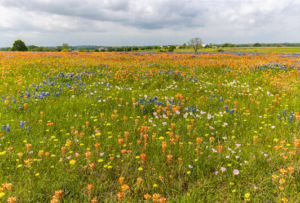Successful seeding can be achieved, but as with any endeavor, it takes planning. There’s nothing more satisfying than achieving the results you’ve hoped for when you place seed in the ground. And when you have the six necessary components for successful seeding, you can plant with confidence and expect the very best.
Have the right equipment ready.
- Whether you are planning to plant in a garden or a field you will need to have some form of equipment, but remember one type does not suit all. Keep in mind that specific seeds require specific equipment to be planted properly.
- Make sure all equipment is working and ready to be used.
- For a more in-depth look at the types of equipment frequently used to plant native seed—and best practices in using them, check out this blog.
Use the correct plants for your soil type and region.
- Species composition is the identity of all different organisms that make up a community.
- There are many different types of soil. Different soil types interact with individual species of seeds differently.
- Different regions across the country have unique weather patterns and a climate that will be better suited for certain seed species.
Know the planting rate in your designated area.
- Each seed variety has a specific amount that needs to be planted on one acre of land to get the proper establishment and maximum growth.
- The seed rate depends on the interaction of the seed and the environment.
- To learn more about PLS vs. Bulk, dive into this blog post.
Choose the correct season and time to plant.
- The planting date for each variety depends upon the weather that it can best tolerate. Mother Nature will not bend to your will; it’s best to cooperate with her timeline.
- There are cool and warm weather varieties, so know which would be best for your project. If you’re ever in doubt, contact one of our experts.
Control weeds.
- Try to start with a weed free area. It’s always best to clear the area of weeds before you plant new seed, but if you can’t …
- Ask yourself what type of weeds you have and how you need to deal with them. Do you need to spray, hoe, plow, etc.?
- Understand how the weeds may affect your seed germination and growing. This will help you to achieve the results you’re looking for, even when planting in a challenging area.
Prepare the area.
- When getting ready to plant, make sure you have everything in order. The area should be cleared of anything that is harmful or not supportive of the seed you are about to plant. A firm seedbed is important to ensure establishment.
The right equipment for the task, an understanding of conditions, and preparation of your planting area requires planning, thought, and a detailed strategy. But it’s time and effort well spent to ensure a successful seeding.



